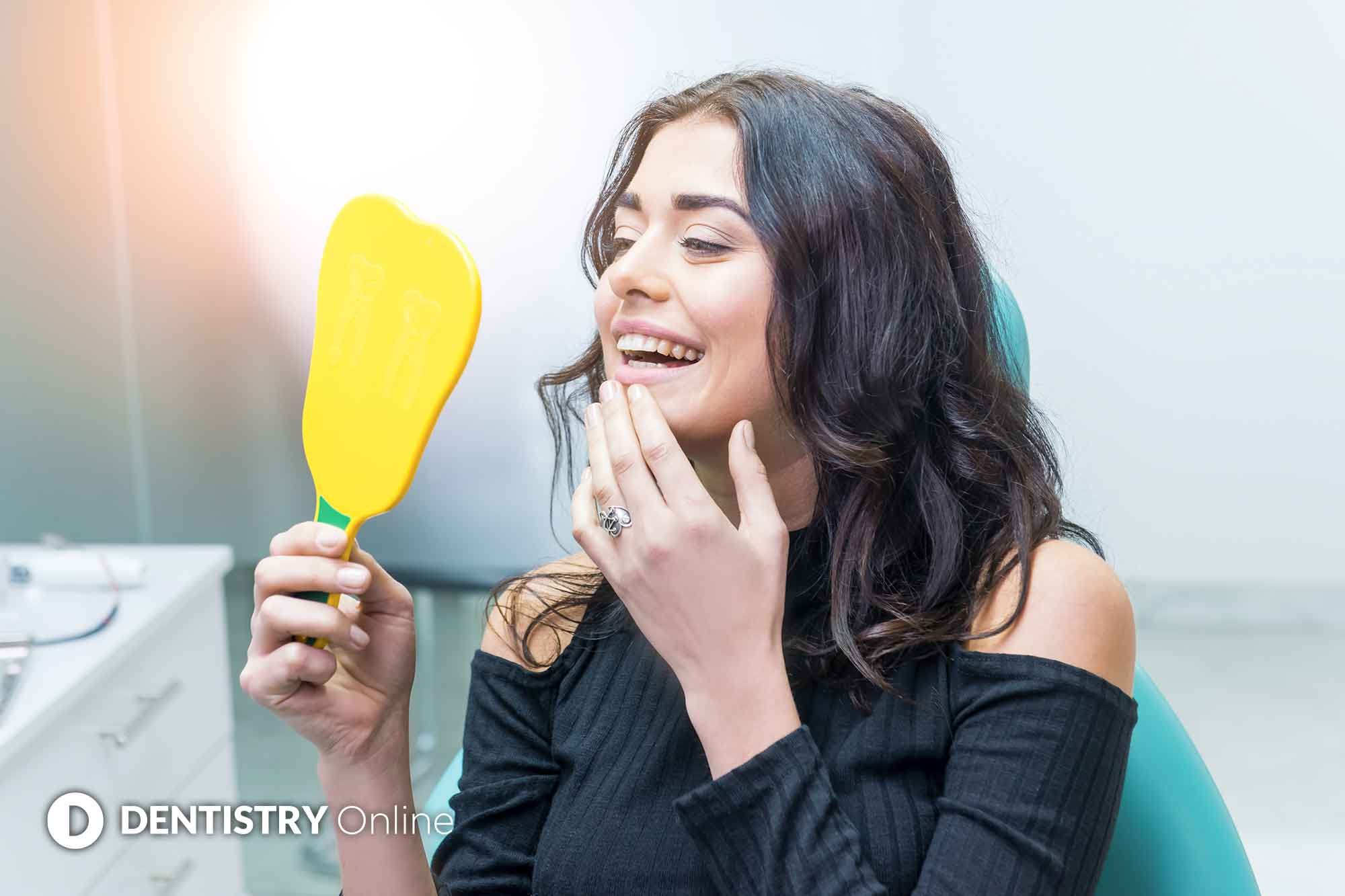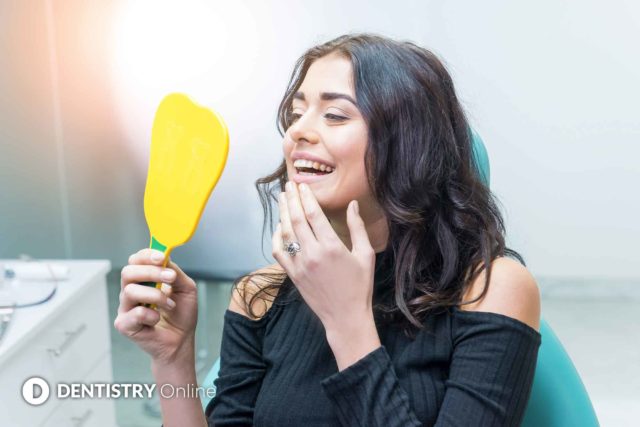 An awareness of classic aesthetic concepts may help guide your restorations to higher levels of aesthetic success. Even if the golden ratio itself is inappropriate, says Matthieu Dupui.
An awareness of classic aesthetic concepts may help guide your restorations to higher levels of aesthetic success. Even if the golden ratio itself is inappropriate, says Matthieu Dupui.
Many say that beauty is in the eye of the beholder. But that has not prevented some of our greatest minds from attempting to discern an underlying universal principle of aesthetic perfection.
The existence of an objective standard of aesthetics would be a boon for artists, designers, and those concerned with the restoration and rehabilitation of the human form.
Since antiquity, there has been an understanding that proportions are related to whether we find something aesthetically pleasing or not.
The golden ratio – sometimes referred to as the golden mean or the divine proportion – is often invoked as an intrinsically beautiful proportion. If not the most perfect proportion.
The Fibonacci sequence is the most common example of the golden ratio. Each number in the sequence is the sum of the two preceding it (1, 1, 2, 3, 5, 8, 13, 21, 34, 55…). When represented by squares on a grid, connecting the opposite corners of each square with an arc produces the golden spiral (φ).
Mathematics and nature often observes the Fibonacci sequence. Many usually regard it as aesthetically pleasing (Kak, 2006).
You have likely seen images of various celebrities with the Fibonacci spiral superimposed over their features, as an endorsement of their supposed perfection.
A subjective concern
But is the golden ratio truly a mathematical underpinning to that which we find attractive? Or is it merely a case of confirmation bias?
Aesthetics are a subjective concern. It is abundantly clear that people can hold radically different perceptions of what is and is not aesthetically pleasing.
This divergence does appear to be a significant challenge to the claim of a universal truth. But what if we consider the problem from the opposite angle?
While there are a multitude of opinions on what is beautiful, that which inspires revulsion or disgust seems easier to agree upon.
The stimuli that seem to provoke the most consistently negative responses are those that we associate with danger. Disease, for example.
Some argue this is a by-product of our evolution. That biological asymmetry can indicate an inability to thrive within one’s environment (due to the ravages of disease, parasites, hunger, toxins, and so on).
Many believe that we consequently associate symmetry with health. For this reason, we are predisposed to consider it beautiful (Švegar, 2016).
While this theory is debated, it is widely recognised that humans (and animals) show a general preference for symmetry (Enquist and Arak, 1994).
Less than ideal?
While the golden ratio frequently occurs in nature, it is quite uncommon with regard to dental proportions (Muhammad et al, 2016; Persaud-Sharma and O’Leary, 2015).
Striving to achieve this ratio in an individual who does not correspond to these proportions may prove more aesthetically compromising than pleasing.
Experienced dentists are intimately familiar with the mouth. As such, we might expect dentists to have cultivated a particular sensitivity to deviations from what we might consider ideal.
Studies report different thresholds for aesthetically pleasing results between dentists and laypeople (An et al, 2014). However, we should also consider that, while non-dental professionals are less consciously aware of aesthetic shortcomings, they might well perceive them on an unconscious level.
Whilst some consider a concern for aesthetics as a shallow pursuit, the reality is people do consciously and unconsciously infer a wealth of information about those they see. Often making various judgements and classifications. And they do so within a fraction of a second simply from looking at their face.
Whether these judgements are inaccurate or unfair, they can influence how others treat that person. Considerable evidence suggests that being considered physically attractive confers a real advantage in life.
Those deemed more attractive are more likely to be hired, earn more money, and see greater social and dating success (Luo et al, 2019).
Among those who have lost teeth, a key motivator for pursuing dental implants as a restorative solution is the level of aesthetic and functional success that we can achieve with optimal patient comfort.
It is not unheard of for patients to be more pleased with the appearance of their restorations than their original teeth.
We should not underestimate the difference that a positive aesthetic outcome could make to their lives.
Top quality solutions
This emphasises the importance of offering patients top-quality solutions for restoring damaged or missing teeth.
TBR’s Z1 implant system, for instance, features a highly resilient titanium body and a zirconia collar that is similar in colour to a natural tooth. This intelligent design prevents the grey titanium components of the implant becoming visible through the gingiva to ensure excellent aesthetics.
Moreover, the Z1’s zirconia collar helps protect the crestal bone and gingiva from iatrogenic inflammation.
Protecting the bone-implant interface from infection is critical to osseointegration. As well as the long-term success of an implant (Wang et al, 2015). Preventing infection and inflammation can increase the predictability and aesthetic results of treatment.
The golden ratio may not be the key to aesthetic perfection that some may have hoped. But proportion, symmetry and balance are principles that do underpin aesthetic success.
An awareness of classic aesthetic concepts may help guide your restorations to higher levels of aesthetic success. Even if the golden ratio itself is inappropriate.
At the end of the day, patients and the general public do appear to respond favourably to proportionate orofacial features.
References
An S, Choi S, Chung Y, Jang T, Kang K (2014) Comparing esthetic smile perceptions among laypersons with and without orthodontic treatment experience and dentists. The Korean Journal of Orthodontics 44(6): 294-303
Enquist M, Arak A (1994) Symmetry, beauty and evolution. Nature 372: 169-72
Kak S (2006) The Golden Mean and the Physics of Aesthetics. Foarm Magazine 5: 73-81
Luo Q, Rossion B and Dzhelyova M (2019) A robust implicit measure of facial attractiveness discrimination. Social Cognitive and Affective Neuroscience 14(7): 737-46
Muhammad S, Shahid R and Siddiqui M (2016) Tooth morphology and aesthetics while smiling in accordance to golden proportion. Pakistan Journal of Medical and Health Sciences 10(1): 281-4
Persaud-Sharma D and O’Leary J (2015) Fibonacci series, golden proportions, and the human biology. Austin Journal of Surgery 2(5): 1,066
Švegar D (2016) What does facial symmetry reveal about health and personality? Polish Psychological Bulletin 47(3): 356-65
This article first appeared Implant Dentistry Today. You can read the latest issue here.
Let’s block ads! (Why?)






